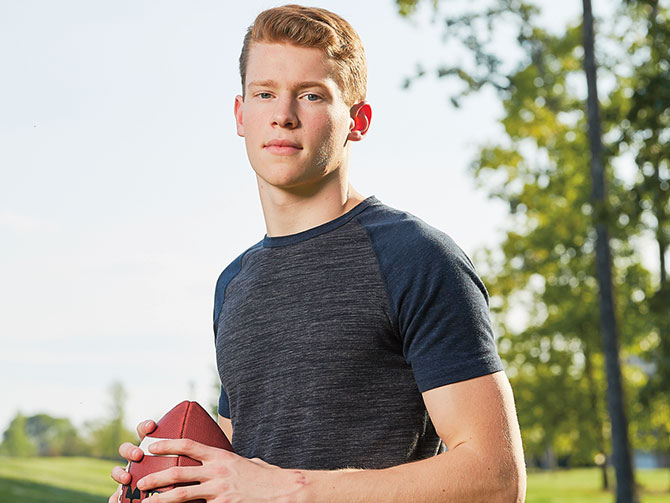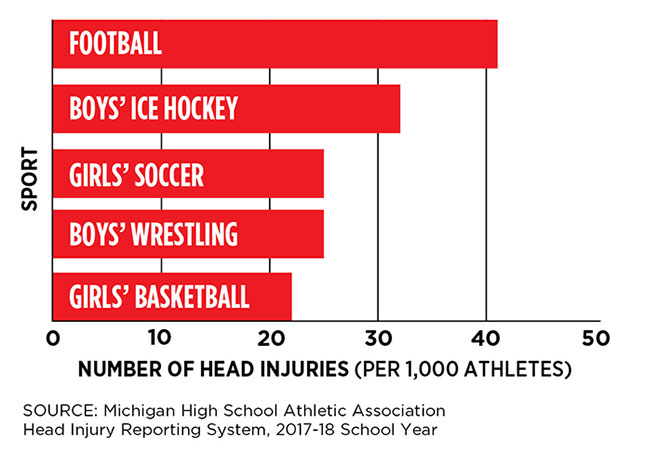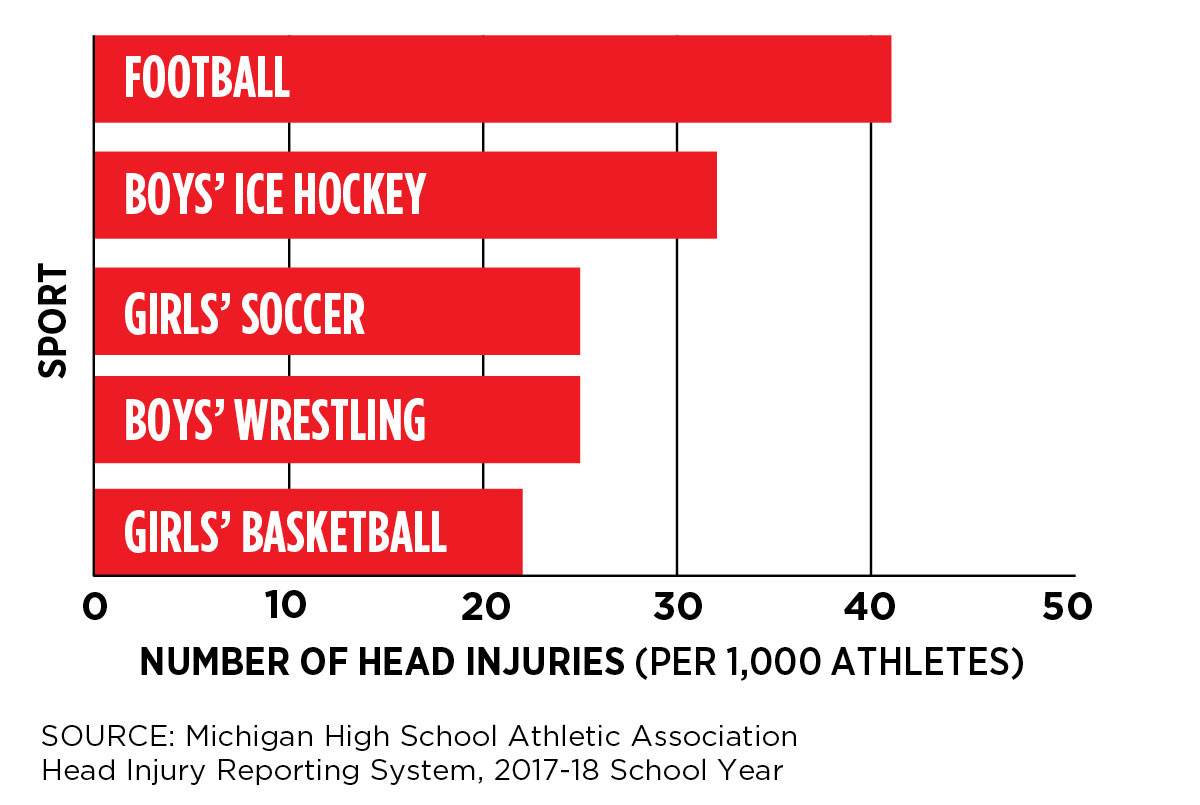Despite the risks, many people are not ready to give up on football. So today, parents in cities across the U.S. are increasingly signing their kids up for flag football as a safer alternative. The tackle-free version of the game is now the fastest-growing team sport in the country.
One flag football league, Football ’N’ America, was co-founded by NFL player Drew Brees, quarterback for the New Orleans Saints. Brees, who coaches his sons’ teams, hopes flag football will help keep the sport he loves alive. “If parents feel like the only option is tackle, then there’s a danger that a whole generation of kids may never be introduced to the game,” he told reporters.
The NFL doesn’t want that to happen either. It recently pledged to give yearly grants to 400 Boys & Girls Clubs across the U.S. for flag football programs.
The league is also working to make football safer for professional athletes. Every NFL game now has a neurologist on the sidelines to evaluate players after hits to the head. The organization is also researching anti-concussion helmet technology.
Many fans say the efforts are a step in the right direction. That includes Clayton, the high school player who quit football. He still loves watching the game. But he thinks more people should consider the risks of playing it.“
Part of the problem is, when you’re playing, you don’t want to know about concussions,” he says. “We like to hide ourselves from the truth.”










